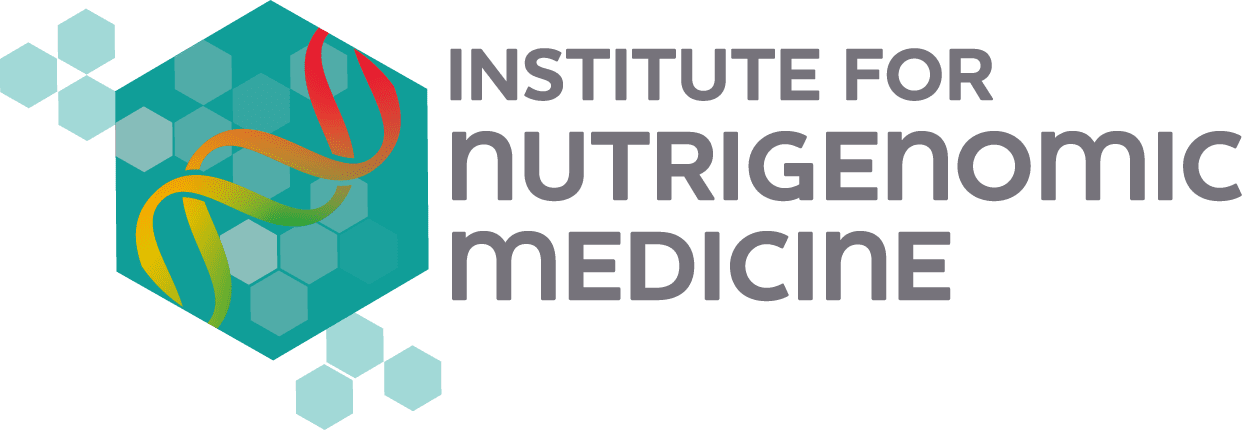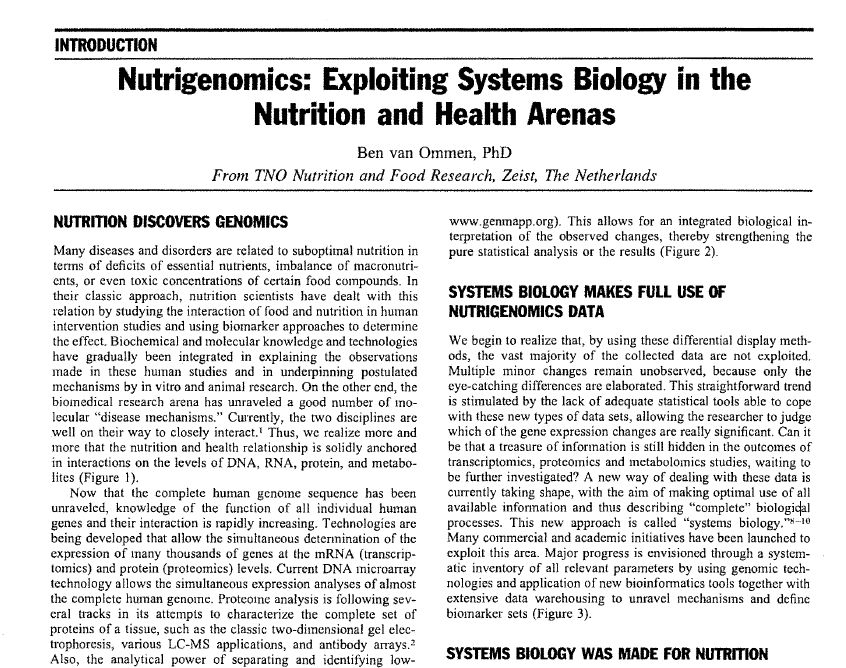2004 – NUTRITION DISCOVERS GENOMICS: Many diseases and disorders are related to suboptimal nutrition in terns of deficits of essential nutrients, imbalance of macronutrients, or even toxic concentrations of certain food compounds. In their classic approach, nutrition scientists have dealt with this relation by studying the interaction of food and nutrition in human intervention studies and using biomarker approaches to determine the effect. Biochemical and molecular knowledge and technologies have gradually been integrated in explaining the observations made in these human studies and in underpinning postulated mechanisms by in vitro and animal research. On the other end, the biomedical research arena has unraveled a good number of molecular “disease mechanisms.” Currently, the two disciplines are well on their way to closely interact. Thus, we realize more and more that the nutrition and health relationship is solidly anchored in interactions on the levels of DNA, RNA, protein, and metabolites. (Figure 1 ).Now that the complete human genome sequence has been unraveled, knowledge of the function of all individual human genes and their interaction is rapidly increasing. Technologies are being developed that allow the simultaneous determination of the expression of many thousands of genes at the mRNA (transcriptomics) and protein (proteomics) levels. Current DNA microarray technology allows the simultaneous expression analyses of almost the complete human genome. Proteome analysis is following several tracks in its attempts to characterize the complete set of proteins of a tissue, such as the classic two-dimensional gel electrophoresis, various LC-MS applications and antibody arrays.

